Don’t you just want to grab a spoon and scrape up that drip and move it directly into your mouth? Because the soufflé top was tilting the way it did, I couldn’t photograph the top without viewing the drip. So, drip it is. Does it make it more real?
I mentioned last week that I’d been to a Julia Child cooking class. Taught by one of my favorite teachers, Phillis Carey. She was a particular fan of Julia’s, so it was no trouble for her to find recipes for a class. Phillis made coq au vin, chicken fricassee, the Roulade au Fromage, and Beef Bourguignon too. And this chocolate treat. Over the years I have made chocolate soufflé – maybe once. And I’ve made a chilled frothy gelatin kind of soufflé, but unless it’s baked like this one, it’s not a true soufflé. And although the instructions below seem long and tedious, it’s really not that hard. One of the great things about this recipe is that, except for baking them, you can make these ahead – yes, really – you keep them chilled until you’re ready to bake. They will keep overnight, but ideally make them earlier in the day and pop them in the oven about halfway through your dinner. Small ramekins take about 35 minutes. A larger single bowl of soufflé would take longer, probably 55 minutes or so. Whatever you do, once the top is puffed up (do NOT open the oven door to peek – you need to look through the door) don’t overbake it or it will be dry. Phillis told us that in France they generally bake soufflés at a 425 (a higher temp) for a shorter time period, because they prefer the center to still be soft and molten. This may be a change Julia made to this recipe – or Phillis did. Am not sure, but these are baked at 375 for 35 minutes.
What you see in the top-center is a small hole in the soufflé where Phillis piped in some freshly whipped cream, which oozes down into the soufflé. In France they serve a dessert soufflé (making a slot in the middle of the soufflé and spooning in something) with either a chocolate or vanilla sauce. In this one it’s just whipped cream, which I liked very much. Just remember that you must whisk these to your dinner guests immediately – within a minute or two – or the soufflé will begin to deflate, and you definitely don’t want THAT! Serve the ramekins on a plate with a small cocktail napkin underneath, to catch any drips and so the crock won’t slide around on the plate.
printer-friendly PDF
Chocolate Soufflé (Soufflé au Chocolat)
Recipe By: A Julia Child recipe, prepared at a cooking class by Phillis Carey, 10/09
Serving Size: 8
NOTES: The soufflés can be prepared ahead, then baked just before serving. Do serve them immediately, though. Don’t forget to sugar the dishe(es), as the souffle needs the texture in the dish to climb the sides, to puff correctly.
3 tablespoons instant coffee granules — OR
2 tablespoons instant espresso — OR use a small amount of very strong, real espresso in lieu of the boiling water
3 tablespoons boiling water
6 ounces semisweet chocolate — chopped
1/3 cup cornstarch
1 1/2 cups whole milk — (or a combo of milk and heavy cream to equal the approximate butterfat content of whole milk)
1/2 cup sugar
3 tablespoons soft butter
5 large eggs — separated
2 large egg whites
1/8 teaspoon salt
1/4 teaspoon cream of tartar
2 tablespoons sugar
2/3 cup heavy cream
1. Butter a 2-quart soufflé dish well and coat with granulated sugar or flour. Or use 6-8 small ramekins and utilize same process. If using a single soufflé dish you must make a collar around the top of the dish. Cut a piece of aluminum foil about 12″ wide and 1 1/2 inches longer than the circumference of the dish. Fold foil in half lengthwise, butter one side and surround dish with foil, butter side in. Secure with a straight pin, head down for easier removal.
2. Place water in the bottom of a double boiler or medium saucepan; bring to a boil and then remove from heat. In the top of the double boiler or in a stainless steel bowl place the coffee. Stir in the boiling water to dissolve the coffee; stir chocolate into coffee and set over hot water in pan off the heat. Stir briefly until chocolate starts to melt, then set aside and let rest for 5 minutes; stir until smooth.
3. Preheat oven to 375.
4. Place cornstarch in a medium saucepan; add a few tablespoons of the milk and whisk to blend completely. Whisk in the remaining milk and the 1/2 cup sugar. Stir over medium heat until sauce comes to a boil and thickens. Boil, stirring constantly, for 30 seconds. Scrape sauce off sides of pan with rubber spatula; spread softened butter over the top of the custard and set aside.
5. When ready to continue, scrape custard into a large bowl and whisk in the melted chocolate. Whisk in egg yolks.
6. Whip all seven egg whites with cream of tartar and salt until egg whites form soft peaks. Sprinkle on the 2 T. sugar and beat until egg whites form stiff peaks.
7. Fold 1/4 of the whipped egg whites into the chocolate mixture. Stir it to “lighten” the chocolate. Then add the remaining whites and fold gently, but thoroughly, until there are no more streaks of egg white. Carefully spoon the soufflé into the prepared dish(es). For the ramekins, fill them to just below the top of each small ramekin. You may refrigerate the soufflés at this point for several hours, or up to overnight.
8. Place the ramekins on a Silpat or foil lined sheet (in case there are any overflows) and bake, without opening the door, for 35 minutes (ramekins) or 45-55 minutes for the large soufflé dish, or until the soufflés puffed and set. Remove from oven, and remove foil collar (if using) and serve immediately with the heavy cream that has been whipped. Serve the ramekins on a plate, using a small napkin underneath each one.
Per Serving: 360 Calories; 21g Fat (51.0% calories from fat); 8g Protein; 38g Carbohydrate; trace Dietary Fiber; 174mg Cholesterol; 120mg Sodium.
A year ago: Filet Mignon with Mushrooms and Blue Cheese




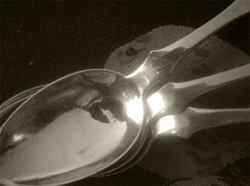
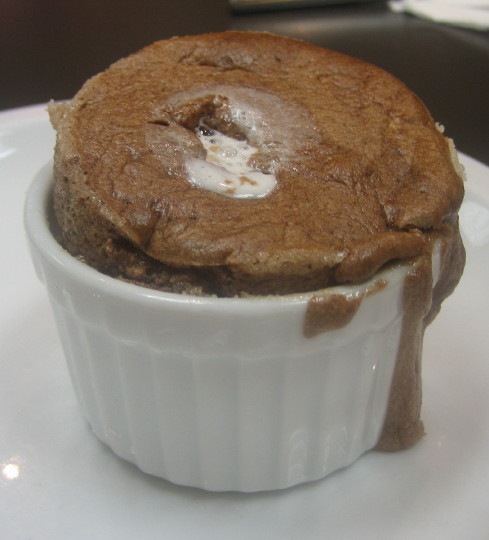

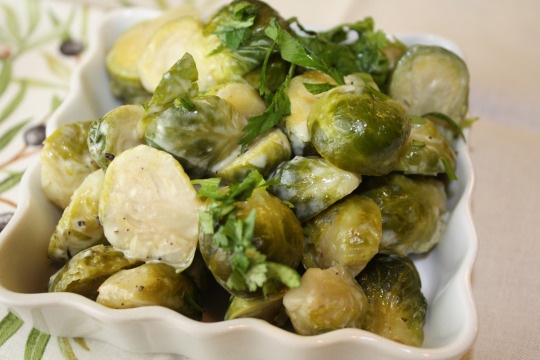
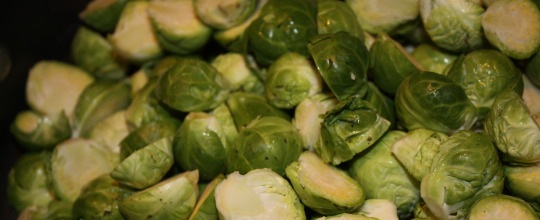
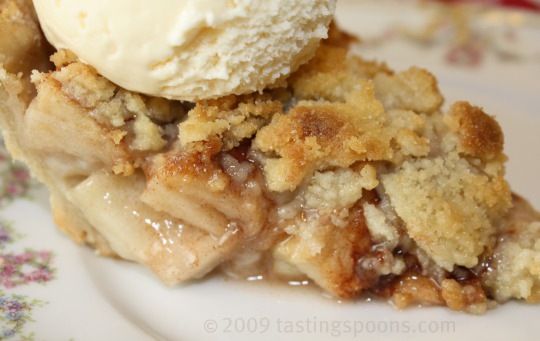
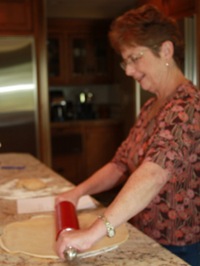
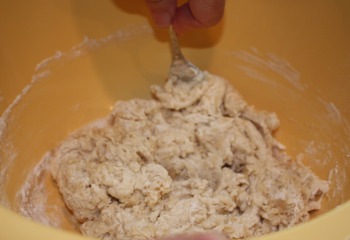
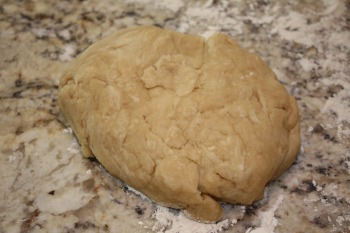

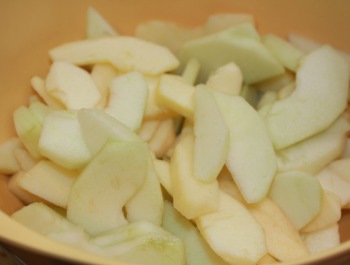
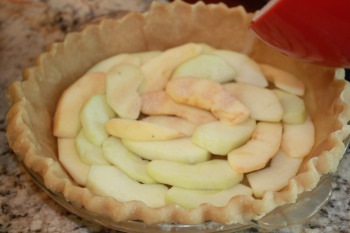

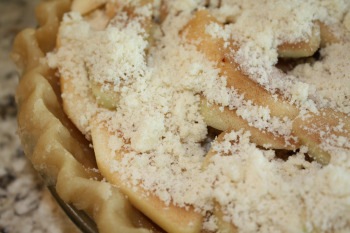
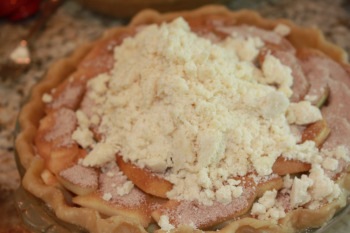


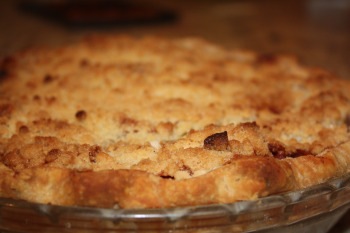


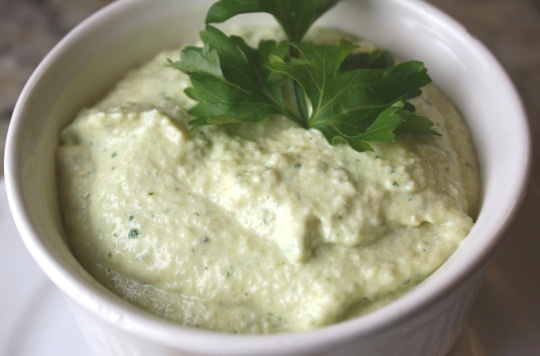
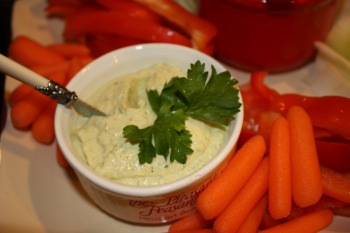
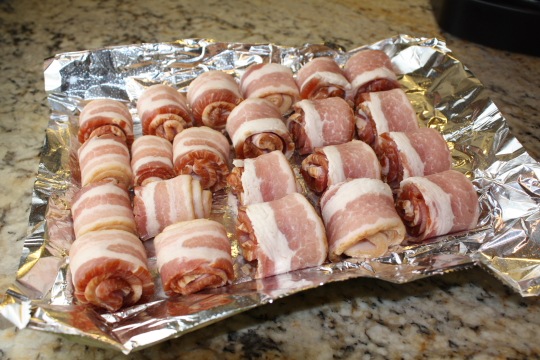



Leave a Comment!